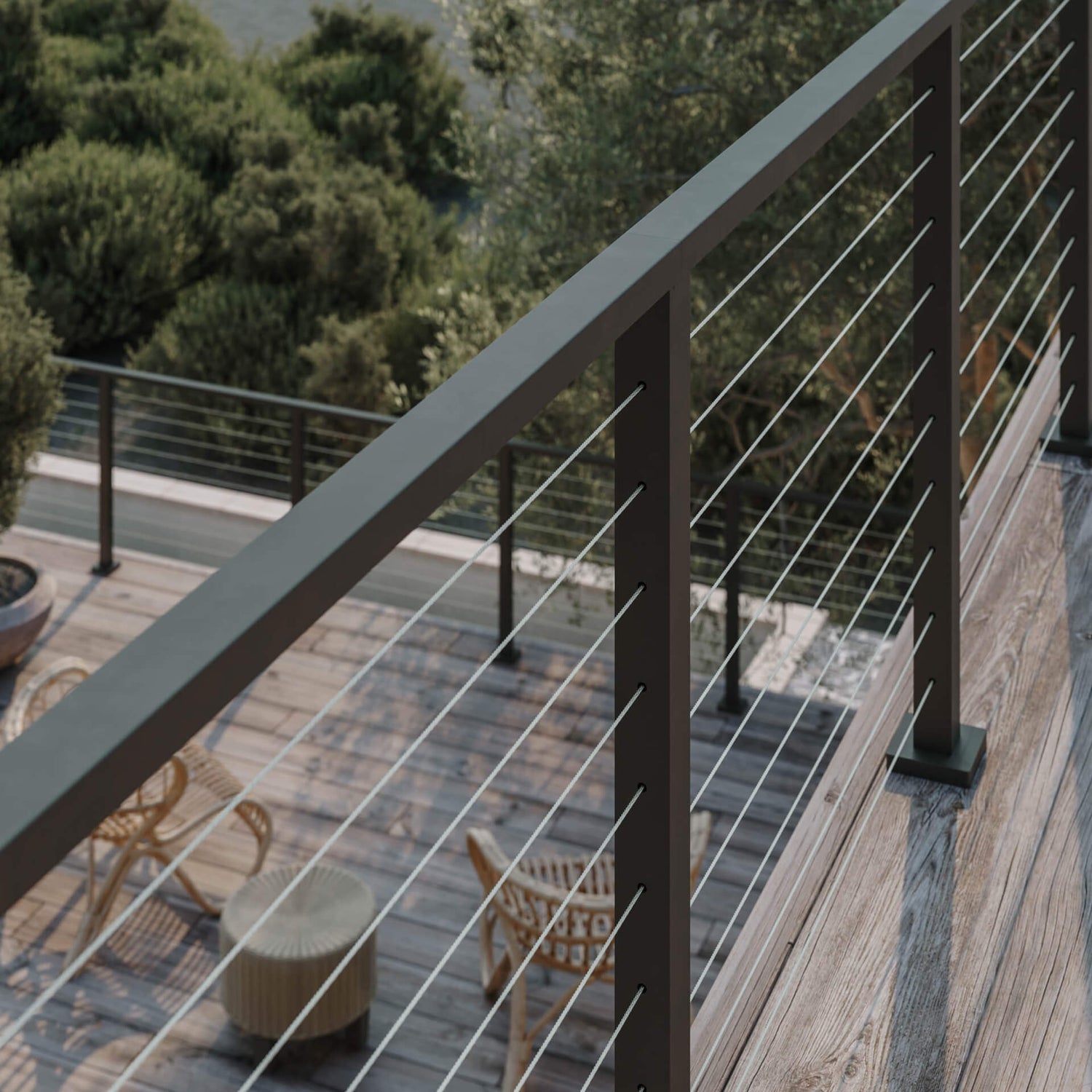Unlock the Secrets of Aluminum Railing: Discover Essential Components and Their Incredible Uses!
When it comes to choosing materials for railing systems, aluminum stands out for its combination of strength, durability, and aesthetic appeal. Whether you're planning a residential deck, a commercial building, or enhancing public spaces, understanding aluminum railing components is crucial. In this article, we will delve into the essential parts of aluminum railings, exploring their specifications and diverse applications. By the end of this journey, you’ll have a comprehensive understanding of why aluminum is often the material of choice for railing systems and how its components work harmoniously to provide safety and style.

Understanding Aluminum Railing Components
Aluminum railing systems consist of several key components, each playing a distinct role in the overall structure. The primary components include posts, rails, infill options, and connectors. Posts are the vertical supports that anchor the railing system to the ground or deck. They provide stability and are typically spaced at regular intervals. Rails, which run horizontally between the posts, give the railing its shape and structure while also providing a place to grip. Infill options, such as glass panels, balusters, or mesh, fill the space between the rails and enhance both safety and aesthetics. Lastly, connectors are the hardware pieces that hold the entire system together, ensuring a secure and robust installation. Each of these components contributes to the functionality and visual appeal of aluminum railings, making them a popular choice for various applications.
Specifications of Aluminum Railing Components
The specifications of aluminum railing components are essential for ensuring the safety and durability of the system. Typically, posts come in various heights and widths, with a standard height ranging from 36 to 42 inches for residential applications. The weight capacity of these posts is crucial, with most designed to withstand substantial loads, which is particularly important in high-traffic areas. Rails are usually available in different lengths and can be designed to accommodate various infill options. The thickness of the aluminum used can range from 1.5mm to 3mm, depending on the application, providing the necessary strength without adding excessive weight. Additionally, aluminum railings are often coated with a weather-resistant finish, enhancing their longevity by protecting against rust and corrosion. These specifications make aluminum a preferred choice for railing systems, balancing both form and function.
Applications of Aluminum Railing Components
Aluminum railings are incredibly versatile and can be utilized in a wide array of environments. In residential settings, they are commonly found on decks, balconies, and staircases, providing safety while enhancing the overall aesthetic of the home. For commercial buildings, aluminum railings offer a sleek, modern look that complements contemporary architecture. They are frequently used in office complexes, retail stores, and public venues like parks and stadiums, where durability and low maintenance are essential. Moreover, aluminum railings can adapt to various design styles, from minimalist to ornate, making them suitable for both traditional and modern settings. An experience shared by a friend who recently renovated their home highlighted the transformative effect of aluminum railings on their patio, noting how it not only improved safety but also added a touch of elegance to the outdoor space.
Maintenance and Longevity of Aluminum Railing
One of the significant advantages of aluminum railings is their low maintenance requirements. Unlike wood, aluminum does not require regular painting or staining, which can save both time and money over the years. A periodic cleaning with soap and water is often sufficient to maintain its appearance. Additionally, inspecting the components for any signs of wear or damage is advisable, particularly after extreme weather conditions. Ensuring that connectors are tight and secure is essential for the overall integrity of the railing system. With proper care, aluminum railings can last for decades, providing both safety and beauty without the hassle of extensive upkeep.
Key Takeaways on Aluminum Railings
In conclusion, understanding the essential components of aluminum railings—posts, rails, infill options, and connectors—along with their specifications and applications, highlights the many advantages of using aluminum for various railing systems. Whether for residential, commercial, or public spaces, aluminum railings offer durability, aesthetic versatility, and low maintenance. As you consider options for your next project, aluminum railings stand out as an excellent choice for ensuring safety and style, making them worthy of your consideration.







Comentarios